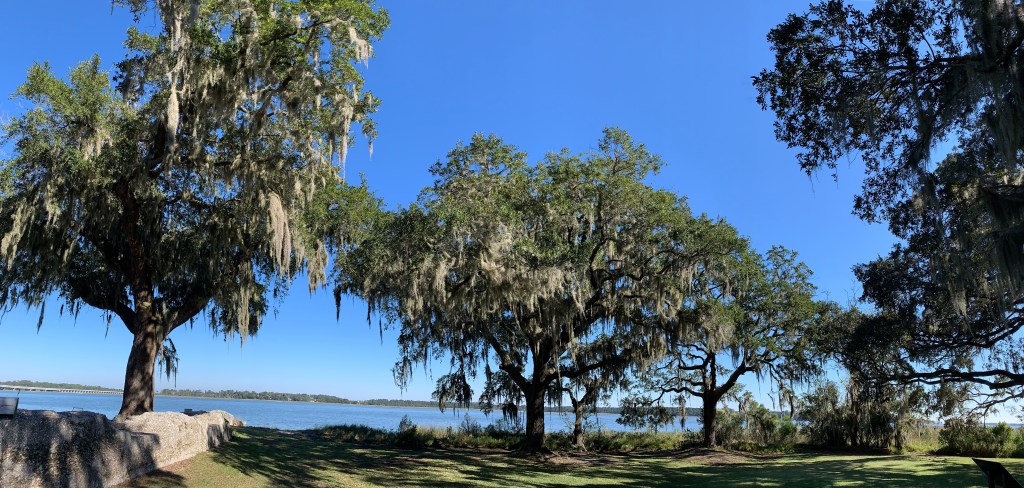
The American movement to abolish slavery began before the Constitution was written. In 1780, Pennsylvania enacted a law gradually abolishing slavery. When he was in Philadelphia as President, George Washington tried to evade this law by rotating his slaves back to Virginia, although one, Oney Judge, escaped and lived out her life in New Hampshire, despite Washington’s efforts to reclaim her. By 1783 the Supreme Court of Massachusetts declared slavery unconstitutional in the state, abolishing it and making the state a focal point for abolition for the next 80 years. Thomas Jefferson called slavery immoral, a threat to the nation and contrary to the laws of nature, but he didn’t free his own slaves and edited his own anti-slavery views out of the final draft of the Constitution to placate other slaveowners, like Charles Pinckney. Before John Dickinson signed the Constitution in 1787, he freed his slaves unconditionally in 1786.
The Northwest Territories, now the northeastern states of the Midwest, were free in 1787 before they became states, and by 1817, all but one of the states north of the Mason-Dixon Line abolished slavery either immediately or over time. Delaware was the exception, where slavery persisted despite being viewed as abhorrent by Quakers, such as Thomas Garrett, who ultimately helped liberate over 2,500 slaves. The Liberator, a weekly newspaper begun in 1831 in Boston by William Garrison, spread throughout the free states, making Abolition a national issue and sparking direct action, including liberating slaves south of the Mason-Dixon.
In 1838 Frederick Douglass escaped slavery in Maryland by train through Delaware to Philadelphia, and quickly he married in New York and settled in New Bedford. That same September, self-educated Douglass went to Nantucket to hear his favorite publisher Garrison speak and was asked to speak himself, giving his first-hand views of slavery. 20 years later, Douglass had written two best-selling autobiographies, toured the North, traveled to London, and was giving fiery speeches to abolitionists at Boston’s African Meeting House.
Fellow escaped Maryland slave Harriet Tubman was in the audience, listening to Douglass speak and raising funds there for the Underground Railroad, when she wasn’t liberating slaves in Maryland herself or with her friend Garrett. The Underground Railroad also helped slaves escape up the Mississippi River to New Philadelphia—an Illinois town founded in 1836 by a freed slave—before escaping the reach of the Fugitive Slave Act by crossing the Canadian border. Few of the stops on the Underground Railroad still exist, but I believe Mammoth Cave may have been one, as the enslaved tour guide had rare freedom to organize both tours for visiting Abolitionists and temporary lodgings for “servants”.
Abolition was also fought in the courts. In 1839, Africans took over the slave ship Amistad, killed the captain and cook and demanded the crew sail back to Africa. Caught off of New York, their murder trial pitted racist President Van Buren against abolitionist John Quincy Adams. The Supreme Court found that the Africans had been kidnapped, had acted within their legal rights to avoid slavery, and were free. The courts were struggling with slavery, where one’s race could change legally from state to state, depending on one’s ancestry. In 1846 a court found a Florida woman, once a slave from Senegal, to be legally Spanish, allowing her to inherit her owner/husband’s plantation. The legislative fight over slavery in new states broke into armed confIict in Kansas in 1854. In 1857, the Supreme Court ruled against a slave named Dred Scott who had sued for freedom in St Louis, arguing that he had become free while in Illinois. Abolitionists, enraged, funded John Brown’s 1859 raid on Harpers Ferry.
Secession did not stop slaves from trying to self-emancipate. Every Union border outpost or advance into Confederate territory became a magnet for escaping slaves. In 1861, on the day Virginia seceded, three slaves turned up at Fort Monroe and were given protection by the Union Army, which officially labeled them ‘contraband’ meaning ‘illegal to possess’. When the Confederates evacuated Port Royal in late 1861, 10,000 slaves were effectively freed, and Harriet Tubman soon arrived to expand her network of spies and liberators. One of the first Union naval victories happened in 1862, when enslaved pilot Robert Smalls commandeered a Confederate ship, sailed past Fort Sumter at night with his friends & families to freedom, and gave the ship to the Union Navy in nearby Port Royal.
Abraham Lincoln, whose experiences as a boy and as an anti-slavery advocate had prepared him to be President at this crucial time, issued the Emancipation Proclamation on New Years Day 1863—first read under the Emancipation Oaks at Port Royal South Carolina (see photo above)—, both freeing slaves and allowing the formation of African American regiments to fight for freedom, first at Port Royal in South Carolina, then in Massachusetts, Kansas and Kentucky. In 1865, the 13th Amendment abolishing slavery was proposed, passed, signed and ratified, abolishing slavery in the United States, almost.
In 1866 the ‘Five Civilized Tribes’ in Oklahoma changed their laws to recognize that slavery was no longer legal, making the law legally effective nationally that June. While emancipation reached Texas on Juneteenth 1865, the state officially ratified the 13th Amendment in 1870. Delaware rejected the 13th Amendment in 1865, and they finally ratified it in 1901. Kentucky ratified the 13th Amendment in 1976. And Mississippi, the last state, ratified the 13th Amendment in 1995, but neglected to inform the National Archives to make it official, until 2013.
Traveling to all the national park sites related to Abolitionism has been deeply moving, and I especially recommend the Boston African American Historic Site, the Harriet Tubman National Historical Park in upstate New York, and most of all, Reconstruction Era National Historical Park near Beaufort, South Carolina. Next week I will cover the Civil War.


